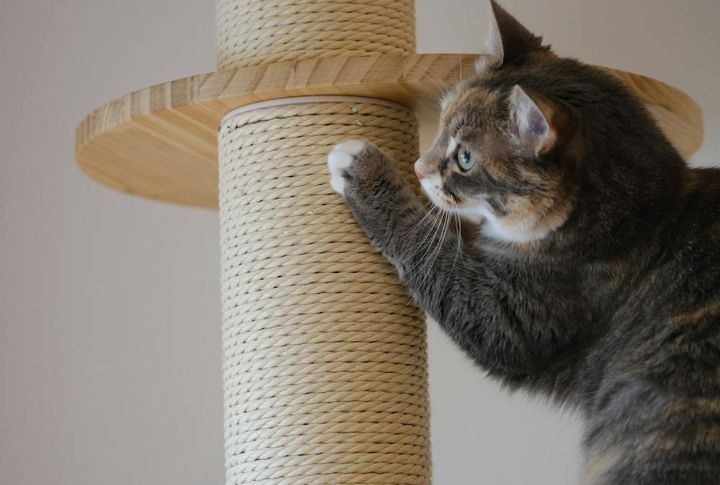
Cats scratch because instinct demands it, and not because they crave chaos. Fortunately, a brighter chapter is ahead with simple tweaks that steer claws toward better targets. Stick around for ten smart, stress‑saving moves that spare the furniture and keep whiskered hunters happily occupied.
Introduce Textured Scratching Surfaces
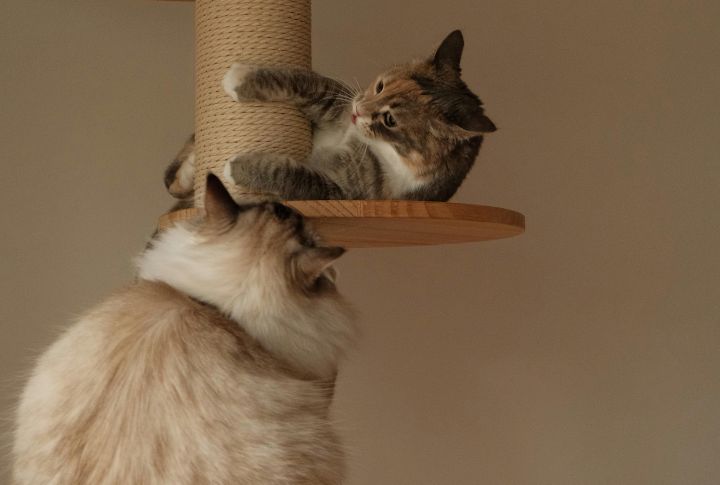
Cats favor scratchers that match their texture and resistance preferences. Rough, fibrous sisal mimics tree bark, while layered cardboard provides a softer yet gratifying pull. Cork and carpet add further options. These varied textures steer paws to new scratch posts and not your furniture.
Use Motion‑activated Deterrents
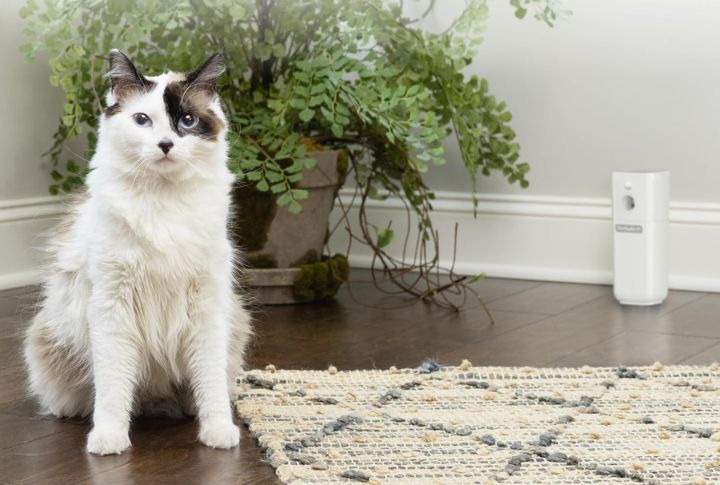
Devices such as air-blast deterrents or ultrasonic sensor units that activate only when a cat nears the target. The sudden stimulus creates a negative association with that location. It also sidesteps direct punishment and keeps the human‑animal bond strong.
Provide Elevated Perches And Cat Shelves

Cats naturally seek out high places to feel secure and stay alert. Adding cat shelves or a tall tree gives them a safe zone where they can rest and observe. When placed near windows or family activity, these elevated spots help reduce stress and discourage unwanted scratching.
Use Non-Sticky Fabric Barriers
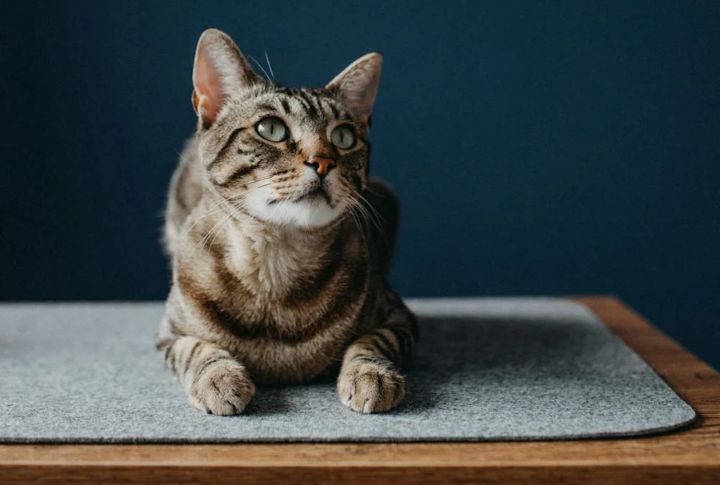
Cats tend to scratch textured surfaces, especially rough or woven fabrics. Switching to smoother materials like tightly woven microfiber or fitted slipcovers can make your furniture less inviting. These covers also act as a temporary fix while your cat learns to use scratching posts instead.
Adjust Lighting And Sunlit Areas
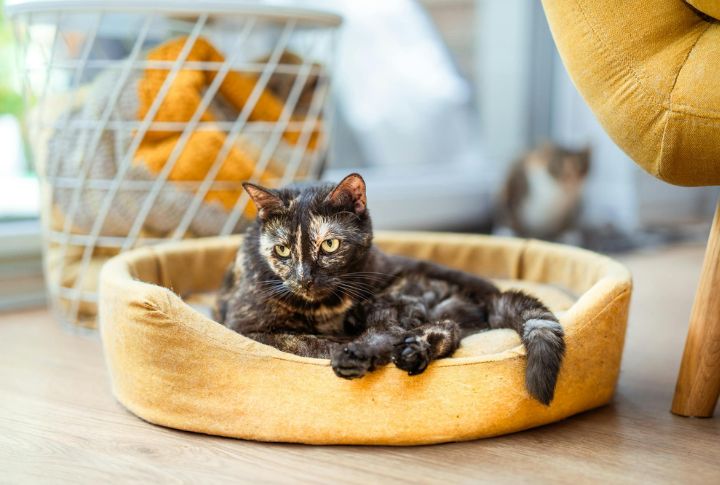
Cats naturally gravitate toward sunny corners. If those spots happen to be next to furniture, redirect the attention. Set up a cozy perch or resting pad nearby so they can lounge without turning the area into a scratching zone. Light placement can influence behavior more than you think.
Encourage Exercise With Interactive Play
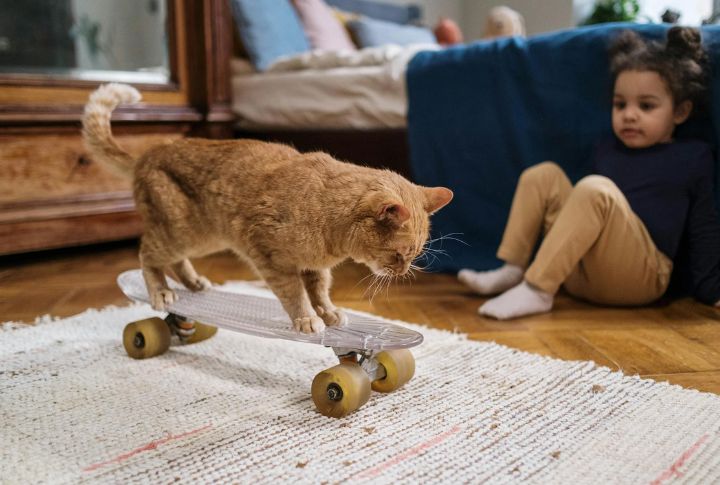
Regular play gives indoor cats the stimulation they crave. Toys that move unpredictably, like feather wands or motorized mice, help release energy and sharpen their instincts. Over time, this kind of engagement can ease restlessness and reduce unwanted scratching around the house.
Offer A Cat-Friendly Seating Alternative
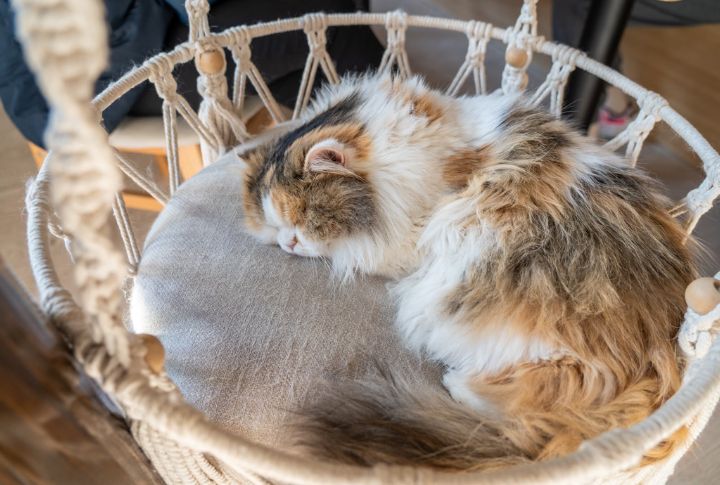
If your cat keeps scratching the couch, chances are it’s not just for their claws—it’s a favorite hangout. Try placing a soft blanket, cat bed, or hammock nearby. Make it warm and inviting, especially for older cats who’ll love the extra comfort and stay away from your upholstery.
Rotate And Refresh Scratching Posts
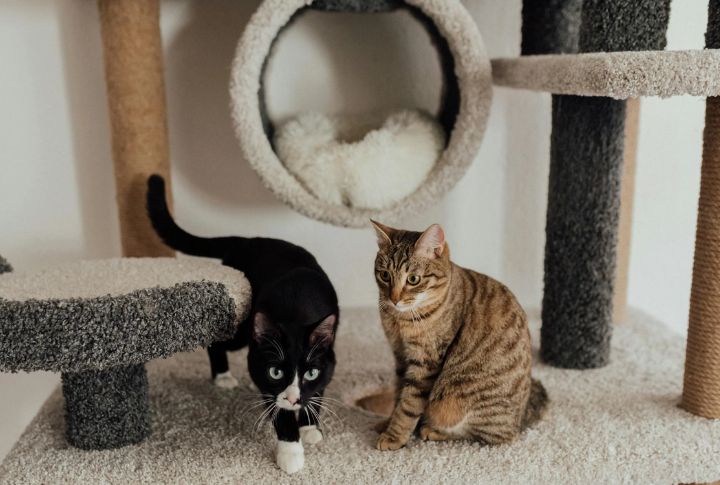
Cats love routine… until they don’t. If your scratching post starts collecting dust, try placing it in a new location. That little shift can make it feel exciting again. It’s an easy way to keep their focus off the couch and on something meant to be scratched.
Use Scent-Based Attraction
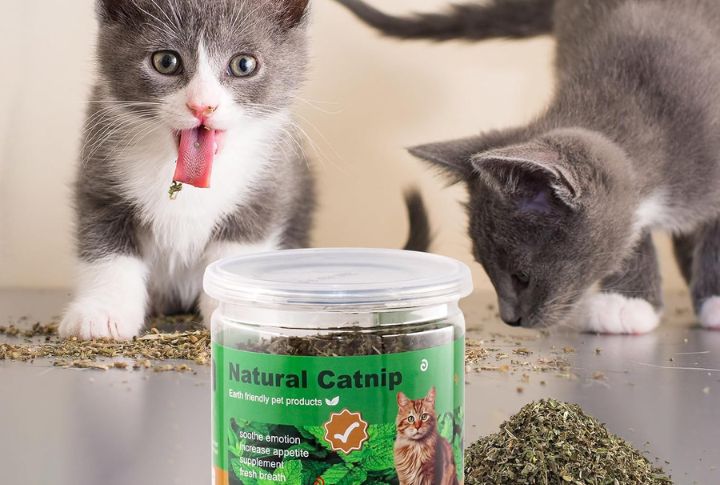
Scent stimulation using catnip, silver vine, or valerian root enhances the attractiveness of a scratching post. To engage cats, apply dried powders or sprays to posts. This technique redirects paws away from furniture by tapping into their natural olfactory preferences.
Optimize Scratching Post Height And Stability
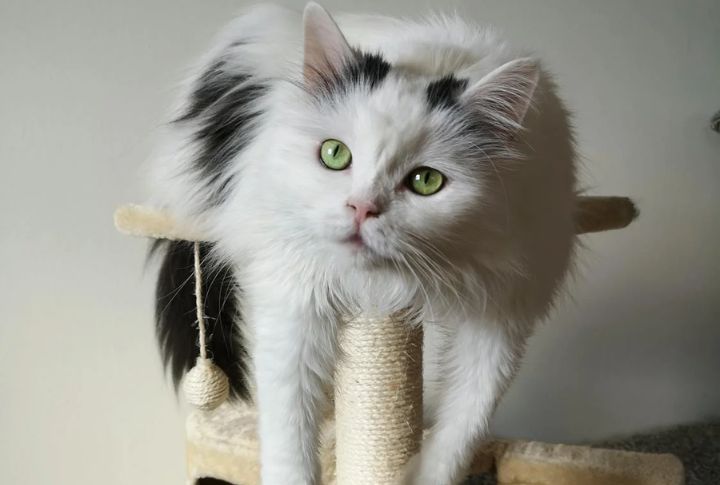
Your cat needs a tall, solid post to stretch and scratch comfortably. So, posts must be at least 31 inches tall. Taller breeds might even need 41 inches. If a post keeps falling over, your cat might start avoiding it. So, secure it with a weighted base or wall mount to build trust.

